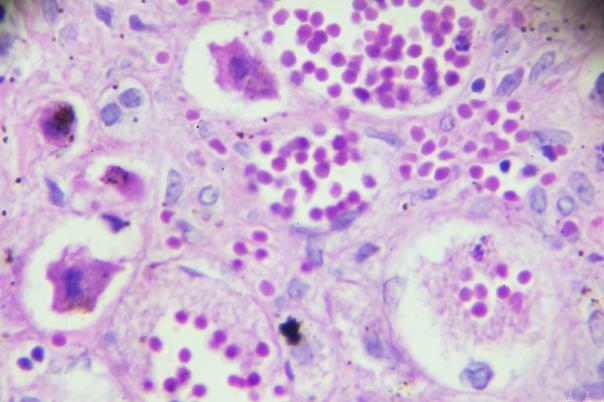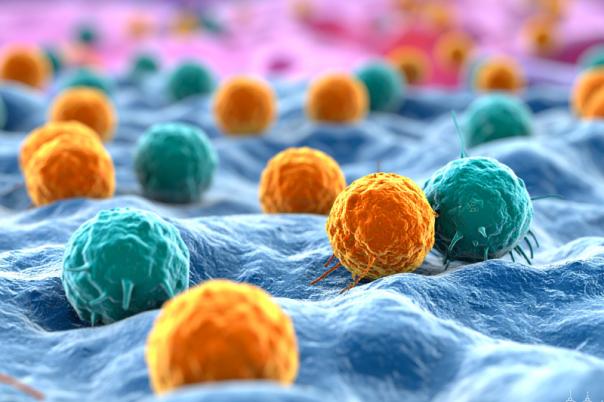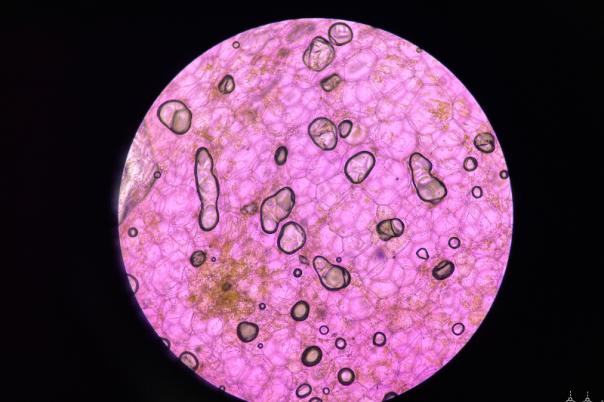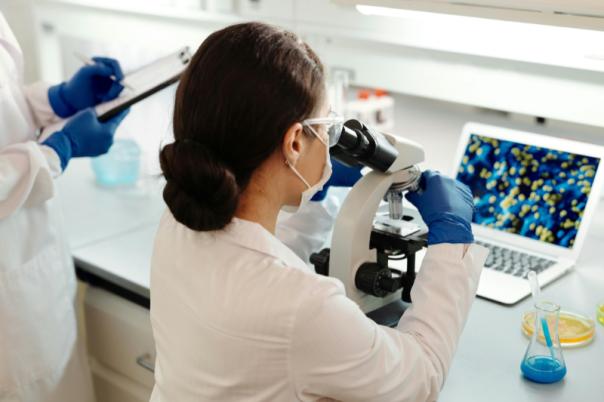Charles Mein, Centre Manager at Queen Mary University of London, introduces the Queen Mary Genome Centre, an innovative facility that supports various projects handling genomics data. Mein wondered if spatial genomics always requires examining problems at a single cell level or if something less resolved is required.
The Genome Centre has several tools including Visium and geoMX. The key differences between the two are differences in feature size, number of features per tissue section, and the ability to focus on individual regions of interest (ROIs). The main standout feature of the geoMX is its ability to zoom in on individual ROIs, giving it the edge over Visium for precise measurements. geoMX leverages UV-cleavable reporter oligos for RNA or protein analysis. Mein added that these two technologies have a 95% overlap in gene selection.
At the Genome Centre, six projects were analysed using geoMX across various human tissues. Once selected, the ROIs are exposed to UV light to release probes, which are then collected and sequenced. Findings unveiled variations in gene detection based on region size and cell density. Mein also suggested that there is a strong correlation between ROI area and number of nuclei, sequencing read depth, and gene detection. Overall, the ROI size directly impacts the number of genes detected. A higher gene yield requires careful selection.
Concern was initially expressed around deduplication. Nevertheless, deduplication rates in sequencing data were monitored, demonstrating that while some datasets had lower reads, deduplication rates were consistent within projects. The average effective read depth in the projects lay between 0.5 and 3.5 million reads per project.
Mein briefly touched on the need to improve accuracy, particularly in datasets with a large variation in nuclei counts. His main suggestion was to use quantile normalization to address discrepancies in gene expression data.
In conclusion, Mein emphasized the importance of careful ROI selection and the impact of ROI size on gene detection. It also highlights the potential of spatial genomics to provide detailed insights into tissue biology and the need for further optimization of techniques and tools.




